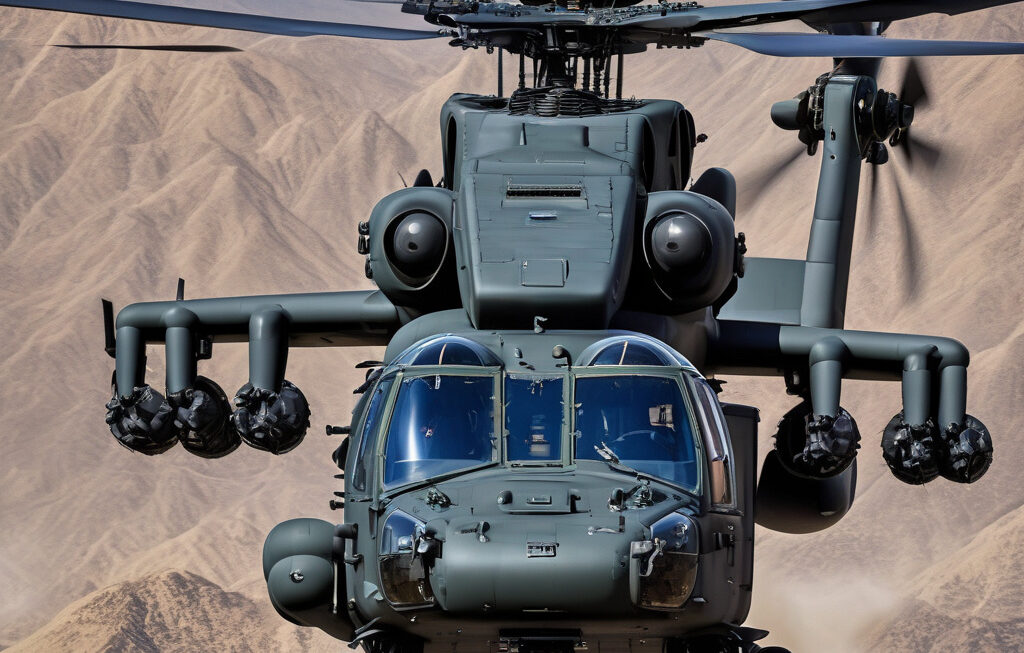US Air Force’s F-16 Vipers to get ‘Venom’ boost for autonomous flying capability
The US Air Force has reached a significant milestone in automating the F-16 fighter jet. With the introduction of the cutting-edge ‘Venom’ upgrade, these already formidable F-16 Vipers are set to soar to new heights of autonomous flying capability.
The F-16 Viper has long been a stalwart in the US Air Force’s fleet, known for its agility, speed, and versatility in combat situations. Now, with the Venom upgrade, these iconic aircraft are poised to become even more advanced, showcasing the Air Force’s commitment to innovation and technological superiority.
So, what exactly does the ‘Venom’ boost entail? At its core, this upgrade focuses on enhancing the autonomous flying capabilities of the F-16 Viper. By incorporating state-of-the-art artificial intelligence and advanced autonomous systems, the aircraft will be able to execute complex maneuvers and make split-second decisions independently, reducing the cognitive load on the pilot and allowing for more efficient and precise flight operations.
One key aspect of the ‘Venom’ upgrade is its integration of cutting-edge sensor technology. These sensors enable the F-16 Viper to gather real-time data on its surroundings, identify potential threats, and adjust its flight path accordingly. This enhanced situational awareness not only enhances the safety of the aircraft but also provides a strategic advantage in combat scenarios.
Moreover, the ‘Venom’ boost includes advanced communication systems that allow the F-16 Viper to seamlessly interact with other aircraft and ground control stations. This connectivity ensures coordinated and synchronized missions, where multiple aircraft can operate as a unified force, leveraging each other’s strengths and capabilities to achieve mission success.
The implications of the ‘Venom’ upgrade go beyond just the F-16 Viper itself. By demonstrating the feasibility and effectiveness of autonomous flying capabilities in a combat aircraft, the US Air Force is setting the stage for future developments in unmanned aerial systems and autonomous combat vehicles. This not only enhances the Air Force’s operational capabilities but also paves the way for a more interconnected and technologically advanced battlefield environment.
In conclusion, the introduction of the ‘Venom’ boost for the F-16 Viper represents a significant leap forward in the realm of autonomous flying capability. By leveraging cutting-edge technology and innovative solutions, the US Air Force is reinforcing its position as a global leader in military aviation. As these upgraded F-16 Vipers take to the skies, they serve as a testament to the Air Force’s unwavering commitment to pushing the boundaries of innovation and excellence in defense technology.
autonomous flying, F-16 Viper, US Air Force, Venom upgrade, military aviation












